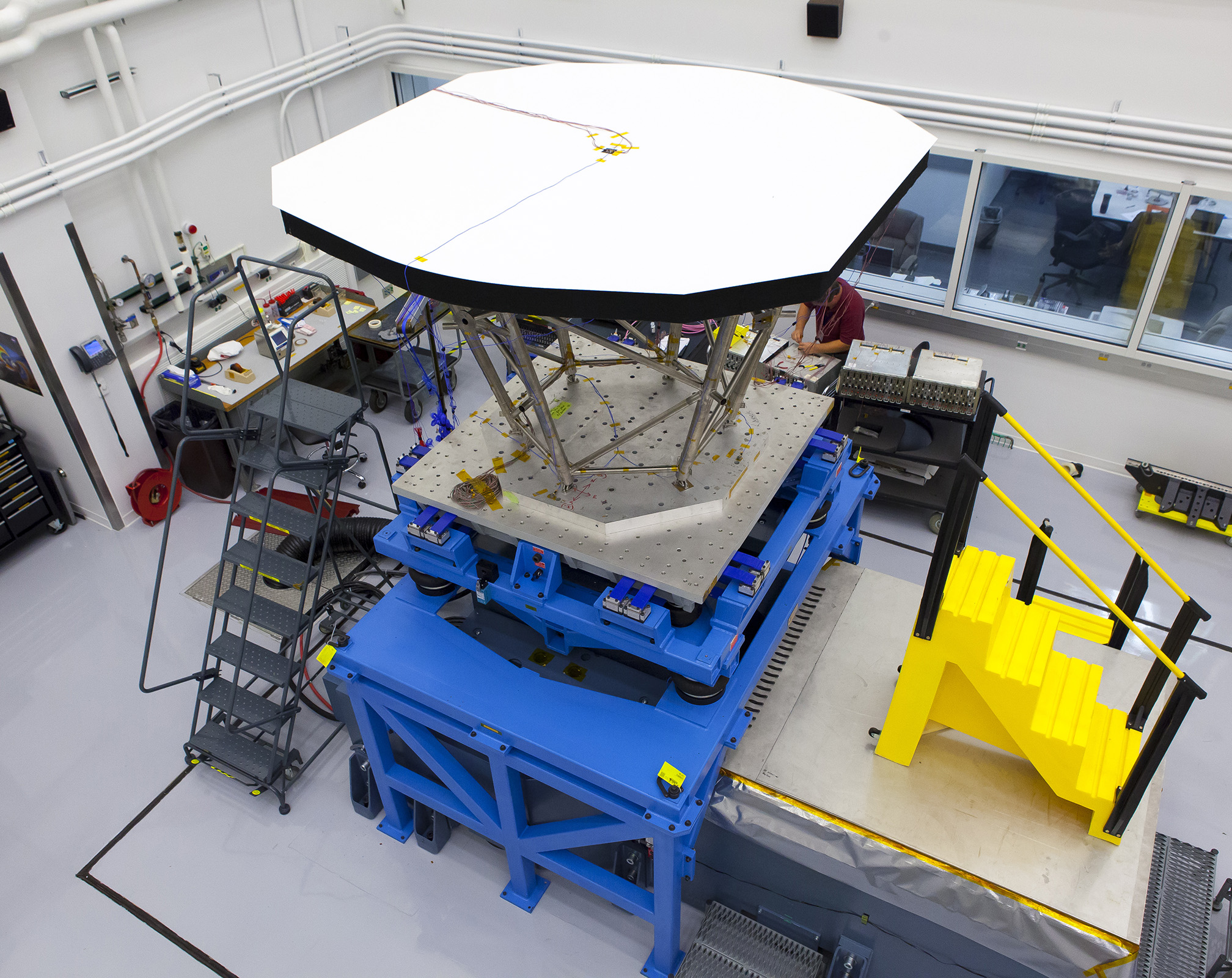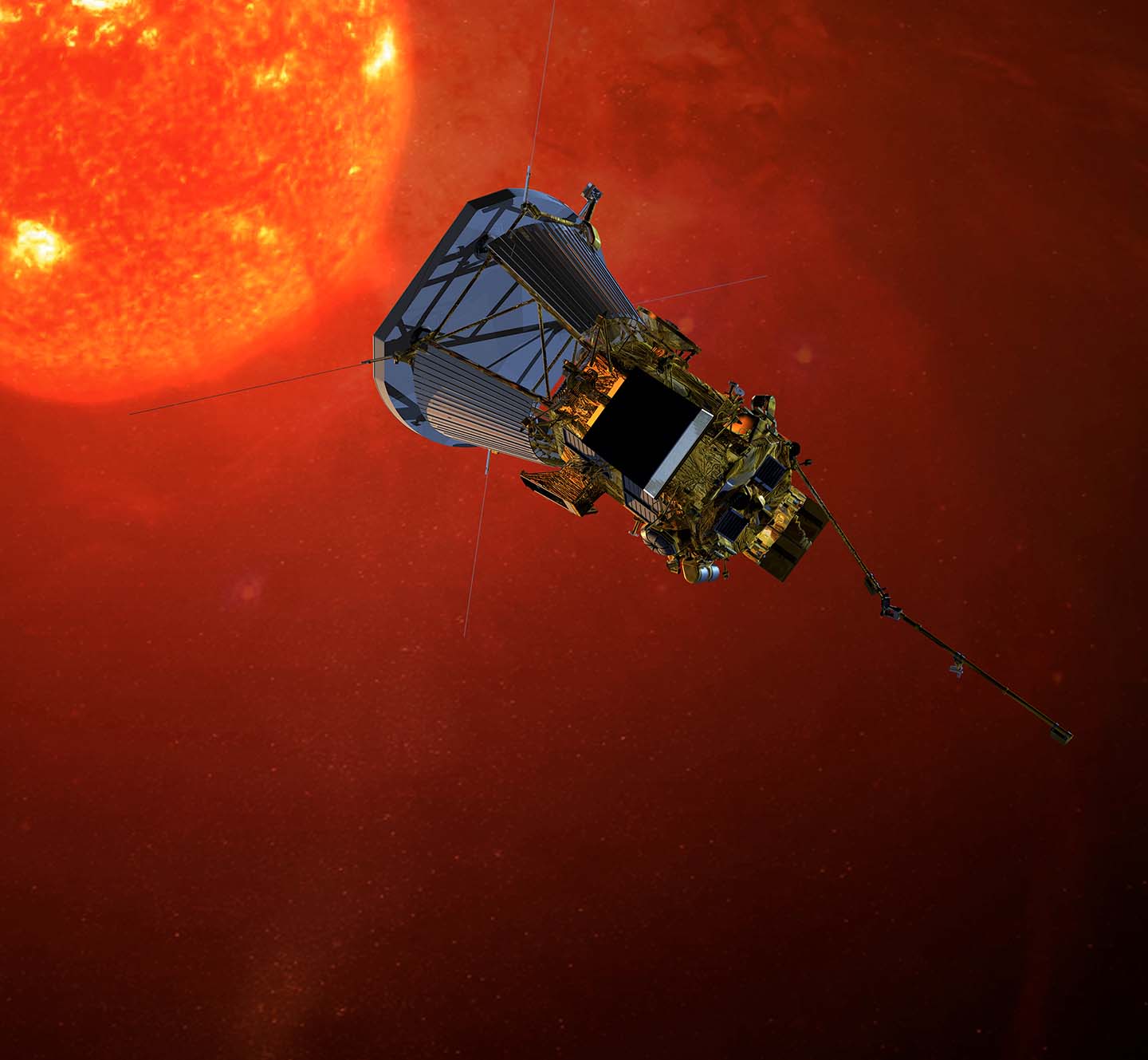Press Release
Solar Probe Plus Moves into Advanced Development
Solar Probe Plus — NASA’s ambitious mission to fly through and examine the sun’s atmosphere — has reached a key stage of development.
Solar Probe Plus will begin advanced design, development and testing — a step NASA designates as Phase C — following a successful design review in which an independent assessment board deemed that the mission team, led by the Johns Hopkins University Applied Physics Laboratory (APL) in Laurel, Md., was ready to move ahead with full-scale spacecraft fabrication, assembly, integration and testing.
“Solar Probe Plus will fly closer to the sun than any spacecraft before it — almost 10 times closer to the sun than the planet Mercury — and this presents unprecedented technical challenges,” says Andrew Driesman, Solar Probe Plus project manager at APL. “Whether it was devising ways for a spacecraft to survive so close to the sun, or to collect data in such an extreme environment, the concept of an operational solar probe had challenged engineers and scientists for decades, and now we’re another step closer to making it happen.”
Set to launch in 2018, Solar Probe Plus will orbit the sun 24 times, closing in with the help of seven Venus flybys. At its closest passes the probe will speed 118 miles per second through the sun’s outer atmosphere, or corona, coming about 3.8 million miles (about 6.2 million kilometers) from the surface to explore a region — and face hazards — no other spacecraft has encountered. Solar Probe Plus will carry 10 science instruments specifically designed to help solve two key puzzles of solar physics: why the sun’s outer atmosphere is so much hotter than the sun’s visible surface, and what accelerates the solar wind that affects Earth and our solar system.
“The answers to these questions can be obtained only through in-situ measurements of the solar wind down in the corona,” says APL’s Nicky Fox, Solar Probe Plus project scientist. “Solar Probe Plus gets close enough to provide the missing links, with the right complement of instruments to make the measurements. For the first time, we will be able to go up and touch our star.”

